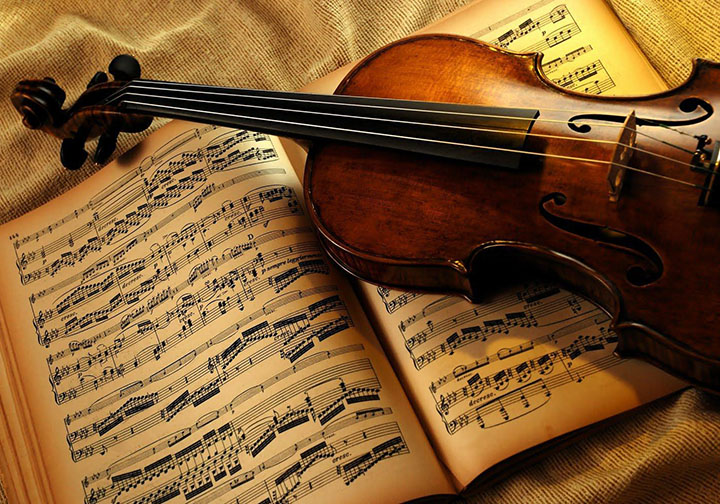Getting into Classical Music
Welcome to the world of classical music! My name is Leo and I'd like to help spread classical music so more people can enjoy it. Though classical music is often conceived to be hard to understand, almost all of us are willing to help others to learn classical music.
Classical music is a big place with many instruments, like the piano, violin, recorder, trumpet, and more, but many people will have trouble finding out where to start. I hope this website helps you start getting into more types of music.
Like most things, people need to start small. Listening to pieces like "Serenade in G" from Mozart (Eine Kleine Nachtmusik) or Bach's "Minuet" will definitely create a good start. The main problem that many have when listening to classical music is that they usually only listen to the first section. However, that is only the introduction. I would recommend listening to entire pieces, or at least most of it. Even so, listening to an entire symphony is a daunting task, so try starting out with smaller pieces, like Mozart's "Serenade in G." When listening to these pieces, try looking for details that the composer left in. Remember that with most composers, everything is intentional.
Once you get a feel for the classical era, try moving out towards the Baroque and Romantic eras. They have a completely different feeling, and I recommend listening to them (note that these two eras are both longer than the classical era, so there will be more music to cover). More information will be covered in the Eras page, as it goes more in depth of the eras.
Baroque pieces that I would recommend listening to are Johann Sebastian Bach's shorter pieces, like parts of the "Well-Tempered Clavier" (Das Wohltemperierte Klavier) and the "Violin Concerto in D Minor BWV 1043." "BWV" is German for "Bach-Werke-Verzeichnis," or the Bach Work Catalog. Some good Romantic style pieces would be Pablo Sarasate's "Zigeunerweisen", Henryk Wieniawski's "Legende Opus 17."

As you get used to these shorter pieces, you should move on. I recommend listening to concertos and sonatas next. Concertos and sonatas are usually less than an hour long and many are iconic in the classical community, making them easy to find.
After getting comfortable with listening to these pieces, you'll eventually spread out to the other styles (scherzos, symphonies, string quartets, etc.). You should also go to some live concerts now. In most concerts, dressing formally isn't required, but you shouldn't wear anything too casual either. Pricing isn't too much of an issue usually, as nowadays, most concerts are only $50-$70 even in Europe. As you get more involved with the community of musicians, you'll love classical music, and maybe you'll have the motivation to play classical music.
Classical music is a huge place, and I think that people shouldn't miss out on its beauty. Classical music might seem hard to approach, but it can be much easier to get into if you want to. There is a world of new things to discover in classical music, and that's why I love it.
